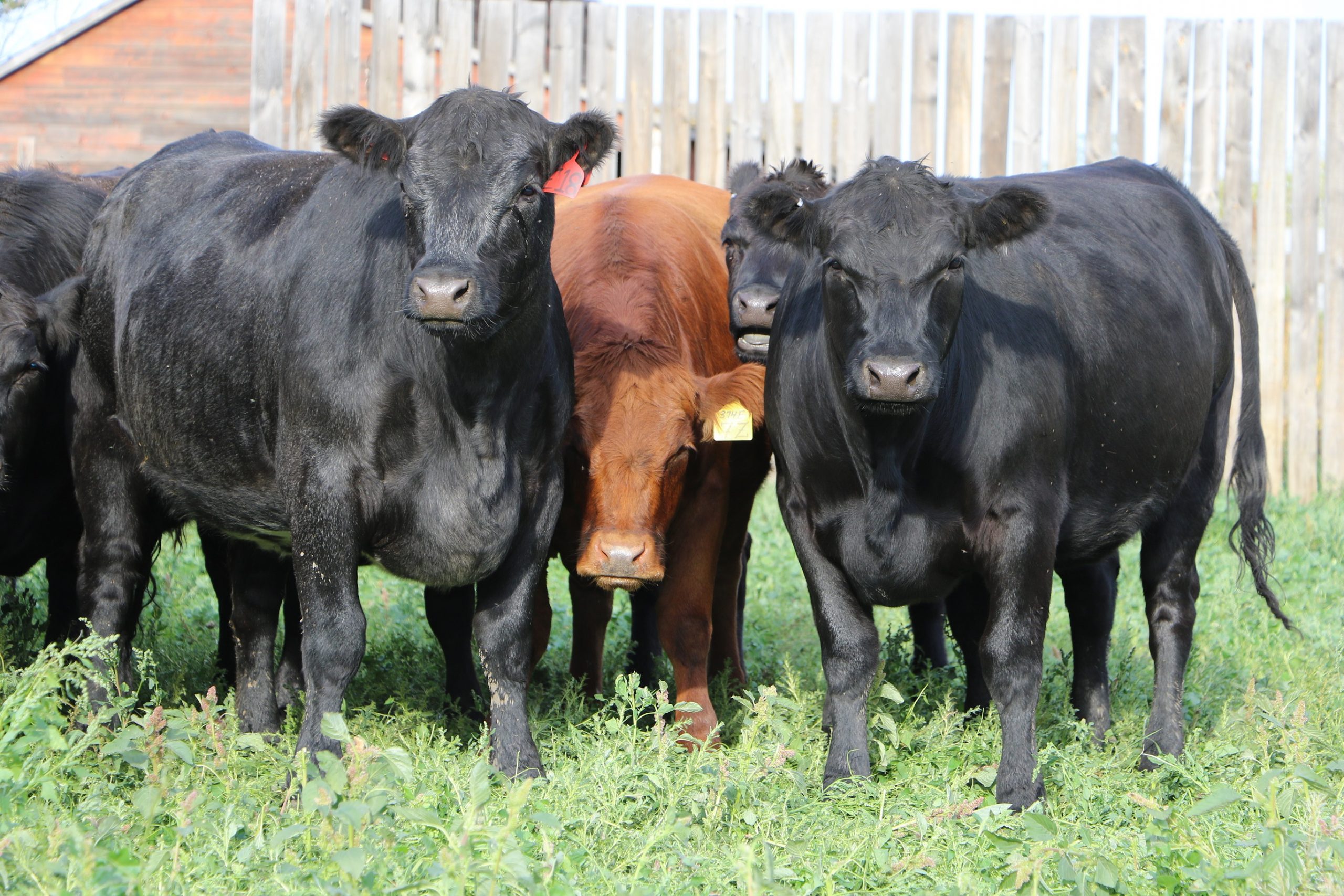By Dylan Biggs
One of the main jobs will be sorting stock for weaning, shipping, or processing or a combination of all three. As discussed in the previous article, setting the stage for success in the corrals is achieved by ensuring the cattle are gathered and corralled in a calm, orderly fashion that avoids commotion and upset. The more calm the cattle are, the easier they will be to work with.

Likewise, to help the cattle remain calm, we need to remain calm as well. It is especially easy in confined quarters when one feels pressure from time constraints to project through one’s movements. When we are stressed, nervous, in a hurry and getting frustrated, we express that with our body language and cattle, as well as horses, dogs and people, read that as plain as day. Cattle, horses and dogs are easily convinced that there is obviously something to be nervous about. Of course, some cattle and horses need little convincing that the boogeyman is coming to get them, and that concern can become contagious.
In all my years, I have never seen agitated and aggressive cowboys have a calming, beneficial effect on stock. In fact, my consistent observation is that such behaviour is inevitably a liability that makes the job more difficult for everyone. How can we ever expect the stock to behave in a calm, orderly fashion if we can’t behave that way?
The best stockman I have worked with, the ones that get the job done in an orderly, efficient, safe and timely manner, are those that are calm and confident in the way they carry themselves when they work stock. They don’t pussyfoot around either, but they refrain from boisterous, noisy arm-waving displays that don’t instil confidence in anyone or anything around them. In addition, when a person gets caught out of position and the inevitable critter gets by, as frustrating as it may be, what good has it ever done to get angry and cuss and swear as if the end of the world has just come? In the end, you have to bring whatever critter was missed back where it belongs. That’s it; that’s all that can be done. Blaming anyone, least of all the critter (however tempting that might be), or your dog, your horse, your kid or your spouse, won’t bring the critter back and make the job easier or any more enjoyable — guaranteed.
The hardest thing for most of us is to control ourselves, check our attitude and behaviour, take responsibility for our conduct around stock and behave in a conscious manner that ideally instils a calm, confident approach to the whole job.
I have done livestock handling clinics for over 25 years now, and that has given me plenty of opportunities to observe how cattle respond to thousands of different people. Whether in a pasture setting or in a corral working on sorting and different tasks in between, it is amazing to see how the same cattle respond so drastically different depending on the person working them.
When I bring up how different people get different reactions from the same cattle, the same story is shared at lots of these clinics. The story goes: ‘Joe Blow showed up to help us sort. We had the cattle penned already, and Joe pulls up to the corral in his truck, and as soon as he gets out of his truck, the cattle immediately got more nervous. It’s immediate; he isn’t even in the corral yet!’

What makes cattle that sensitive to him, and what makes a horse markedly more nervous or that much calmer around some folks? It’s the same sense that makes a dog that normally lays oblivious in the shade when vehicles drive into the yard suddenly go on guard the moment a particular vehicle drives in, and your dog behaves in a way you have never seen before.
I remember a clinic I did back in the early 2000s in southern Manitoba near Boissevain. We were working yearling heifers in a small pasture, and it was a warm summer day. Several people had taken turns practising driving the heifers, and they were consistently slow and sticky, and everyone needed to keep the pressure on with passes back and forth to keep the herd moving. Then it was Myrna’s turn. Well, holy, she marched out there, and she didn’t even get close to them and immediately, the whole herd of heifers were on the run!
These examples aren’t typical, but they demonstrate that how we carry ourselves affects the reaction we get from stock. I think it is also fair to say that how we carry ourselves has a lot to do with how we are feeling. Controlling our state of mind will help us control our movement and make us aware of the best state for working with all types of stock — and people.
How our livestock behave when they are being handled is greatly influenced by how we behave around them. Effective leadership starts with a leader who is self-aware and in conscious control of their behaviour.















